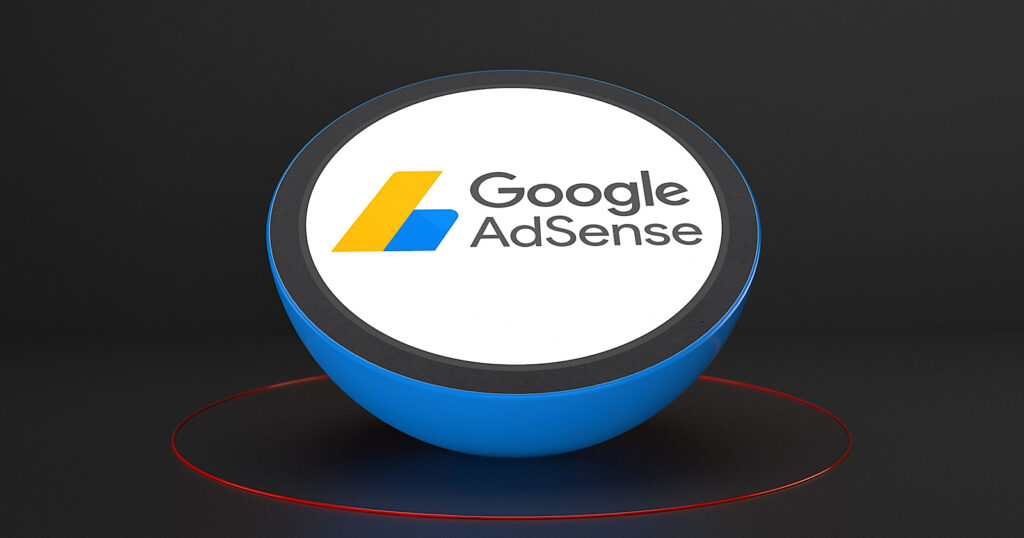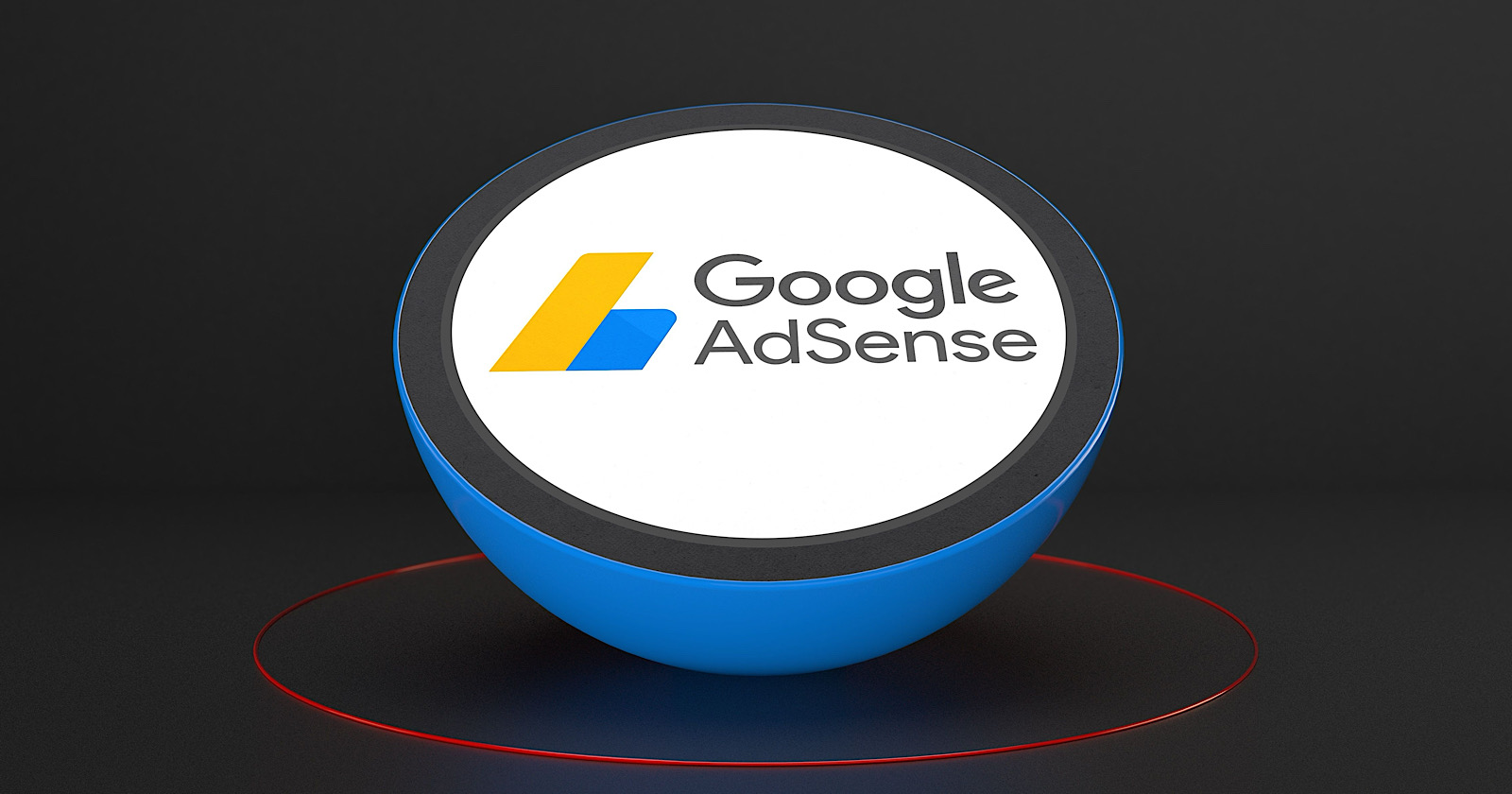With the increasing shift towards mobile browsing, optimizing your AdSense ads for mobile devices is crucial to maximizing your earnings. Mobile optimization not only improves the user experience but also increases the chances of clicks on your ads, thereby boosting your revenue. Here are the top strategies to optimize your mobile ads for AdSense:
Table of Contents
1. Use Responsive Ad Units
Responsive ad units automatically adjust their size and format based on the user’s device, ensuring that your ads fit seamlessly on screens of all sizes. This adaptability enhances the viewing experience and increases the likelihood of clicks. Learn how to set up responsive ads in our guide on Effective Ad Formats for AdSense Success.
2. Prioritize Mobile-Friendly Ad Placements
Placing ads in highly visible locations, such as above the fold or within content, can significantly improve your click-through rate (CTR) on mobile devices. However, ensure that these placements do not disrupt the user experience or violate Google’s AdSense placement policies.
3. Optimize Page Load Speed
Mobile users expect fast-loading pages, and slow load times can negatively impact ad performance and user engagement. Use tools like Google’s PageSpeed Insights to test and improve your page load speed, ensuring a smoother experience for your visitors.
4. Implement AMP (Accelerated Mobile Pages)
AMP helps to significantly speed up your mobile pages, leading to better user engagement and higher ad viewability. By implementing AMP, you can improve the overall performance of your ads on mobile devices. For more on AMP, see Google’s AMP Project.
5. Experiment with Ad Sizes and Formats
Certain ad sizes, such as 320×100 and 300×250, tend to perform well on mobile devices. Experiment with different ad formats, including text, display, and rich media, to see what works best for your audience. Refer to our article on Ad Sizes That Maximize AdSense Revenue for a comprehensive guide.
6. Leverage In-Page and Sticky Ads
In-page and sticky ads remain visible as the user scrolls through content, making them highly effective on mobile devices. These ad formats keep the ads in front of users longer, increasing the chances of interaction. For tips on implementing sticky ads, visit Google’s AdSense Help Center.
7. Monitor and Adjust Based on Performance Data
Regularly review your ad performance data to identify which ad units, sizes, and placements are yielding the best results. Use AdSense reports and Google Analytics to track and adjust your strategy based on real-time data. For detailed guidance on tracking performance, check out our post on Top 5 Tools for Tracking Your AdSense Performance.
FAQ: Optimizing Mobile Ads for AdSense Earnings
1. Why is mobile optimization important for AdSense?
Mobile optimization is essential as a significant portion of internet traffic comes from mobile devices. Optimizing your ads for mobile ensures that they are visible and clickable, leading to better engagement and higher earnings.
2. What are the best ad sizes for mobile devices?
Some of the best-performing ad sizes for mobile devices include 320×100 (large mobile banner), 300×250 (medium rectangle), and 320×50 (mobile banner). These sizes are optimized for mobile screens and generally offer higher engagement rates.
3. How does page speed affect mobile ad performance?
Page speed is critical because slow-loading pages can deter users and decrease ad viewability. Faster-loading pages improve the user experience, keep visitors on your site longer, and increase the likelihood of ad interactions.
4. Can I use the same ad strategy for mobile and desktop?
While some strategies may overlap, it’s important to tailor your ad strategy specifically for mobile. Mobile devices have smaller screens and different user behaviors, so optimizing ad sizes, placements, and load speed is key for mobile success.
5. How can I track the performance of my mobile ads?
Use AdSense reports and Google Analytics to monitor the performance of your mobile ads. Track metrics like CTR, RPM, and earnings to identify what’s working and make data-driven adjustments. For more on tracking, read our guide on Tracking AdSense Performance.



